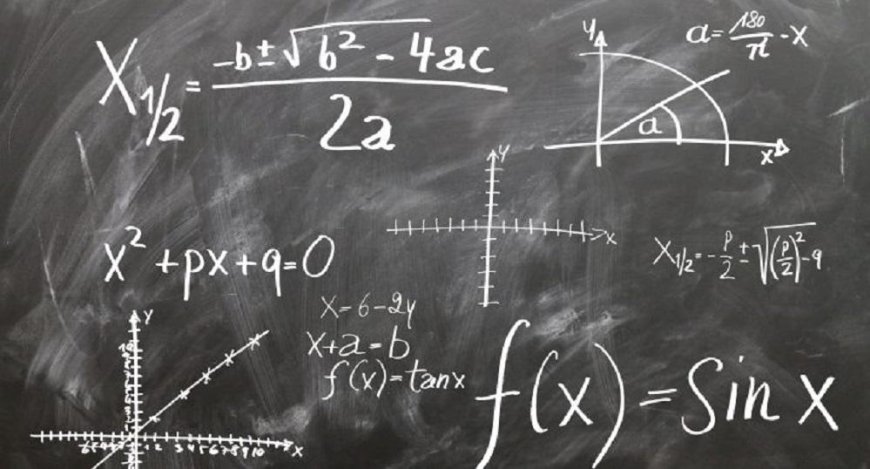One of the oldest branches of mathematics is Algebra
ancient Greece, algebra was not considered a science due to its practical nature. One of the oldest branches of mathematics is Algebra.

Algebra arose in antiquity alongside arithmetic and geometry. The algebra method was characterized by the use of unknown quantities in calculus, which are then calculated from the equations created for this purpose. The development of algebra had a large impact on the formation of the concept of number, e.g. determining the unknown from the equation x + 10 requires the knowledge of negative numbers, from the equation x2−2 = 0 - irrational numbers, from the equation x2 + x + 1 = 0 - complex numbers. In ancient Greece, algebra was not considered a science due to its practical nature. One of the oldest branches of mathematics is Algebra.
However, the cult of geometry was common at that time, the methods of which were also used in solving algebraic problems. Traces of this have survived to this day when we say, for example, "square of a number", "cube of a number", thus associating an algebraic concept with its geometric equivalent. From the Greek period, we only know the treatise of Diophantus (c. 3rd century AD), which used equations of the first and second degree. In the 9th century, the so-called "Arabic period", initiated by the Uzbek mathematician and astronomer Alkhwarizmi, author of the work Al gabr w'almukabalah (literally meaning: moving a term from one side of the equation to the other), the title of which gave rise to the name "algebra".
Must Read: How to teach a child the multiplication table? Quick methods for learning the multiplication table
During this period (9th-15th centuries), the algebra research center was located in Central Asia, and the language of scholars was Arabic. One of the main obstacles to the rapid development of algebra in this period was the lack of proper symbolism, which made it very difficult to record the reasoning (they had to be written in words). In the thirteenth century Leonardo of Pisa (Fibonacci) introduced the symbols of addition and subtraction, writing the signs p¯¯¯ and m¯¯¯¯¯ instead of the words "plus" and "minus"; the signs "+" and "-" and used today, appeared only at the end of the 15th century. Letter symbols (not only to denote an unknown quantity) were introduced by F. Viete (1591). Symbols such as the power exponent, the square root, and the parenthesis appear in the 16th and 17th centuries. The introduction of letters and simple notation of actions was of fundamental importance for the further development of all mathematics and created favorable conditions for the emergence of new mathematical disciplines: mathematical analysis and analytical geometry, the development of which was closely related to the development of algebra. The custom of marking the size of unknowns with the last letters of the Latin alphabet dates back to the 17th century.
From Descartes, the creator of analytical geometry, who, by inverting the concepts of the ancient Greeks, introduced algebraic equivalents (coordinates, equations) of geometric concepts (points, lines). The algebra was then developed and expanded by Euler in his textbook algebra (1768-1769). It owes its further development to the works of d'Alembert, Gauss, Hamilton, Sturm and others who studied algebraic equations and established the theory of complex numbers (19th century). Since Abel showed that algebraic equations of degrees five and higher cannot be solved algebraically, and Galois gave the solubility condition of any equations, the theory of algebraic equations has lost its dominant importance in algebra. It was then that new theories began to develop, such as the theory of groups, rings and bodies, the theory of linear spaces, etc. (functional space).
